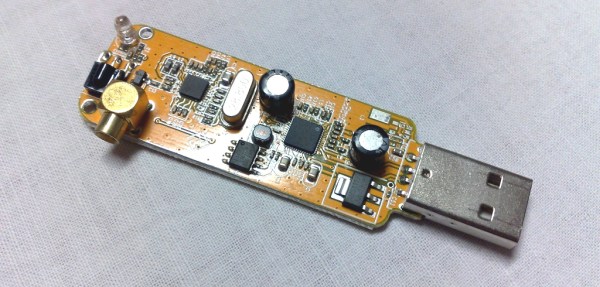The shape of an antenna can make a big difference in its performance. Researchers at the Johns Hopkins Applied Physics Laboratory have used shape memory alloy to construct an antenna that changes shape depending on the signals it is receiving. Nitinol, a common shape memory alloy made from nickel and titanium, is an obvious choice, but it’s not obvious how you’d make a shape-changing antenna out of nitinol wire. That changed when a mechanical engineer found a way to 3D print the substance. You can find a paper about the research online from Applied Engineering Materials.
In practice, the antenna is a double spiral made of nitinol. A channel contains a copper wire that can heat the antenna and, therefore, change its shape. Having a powered wire in the antenna can cause problems, so special designs route the signal away from the heating element. It looks like the antenna can assume a flat configuration or a spiral conic configuration.

















